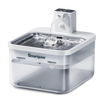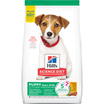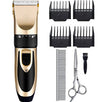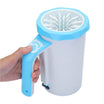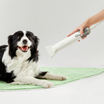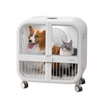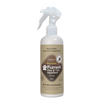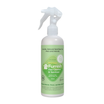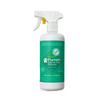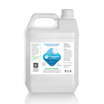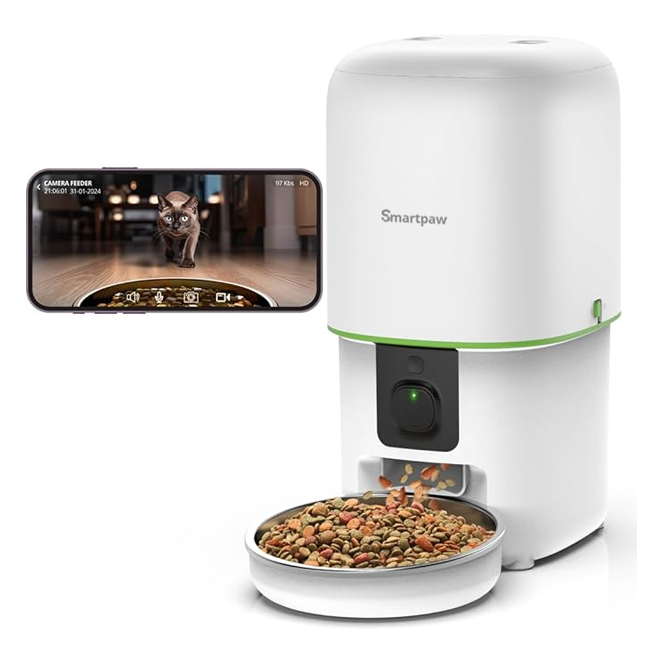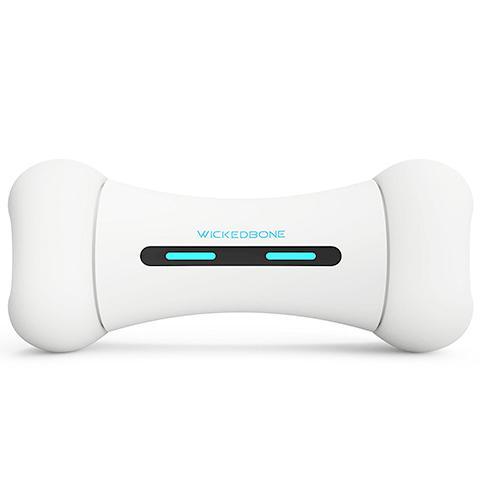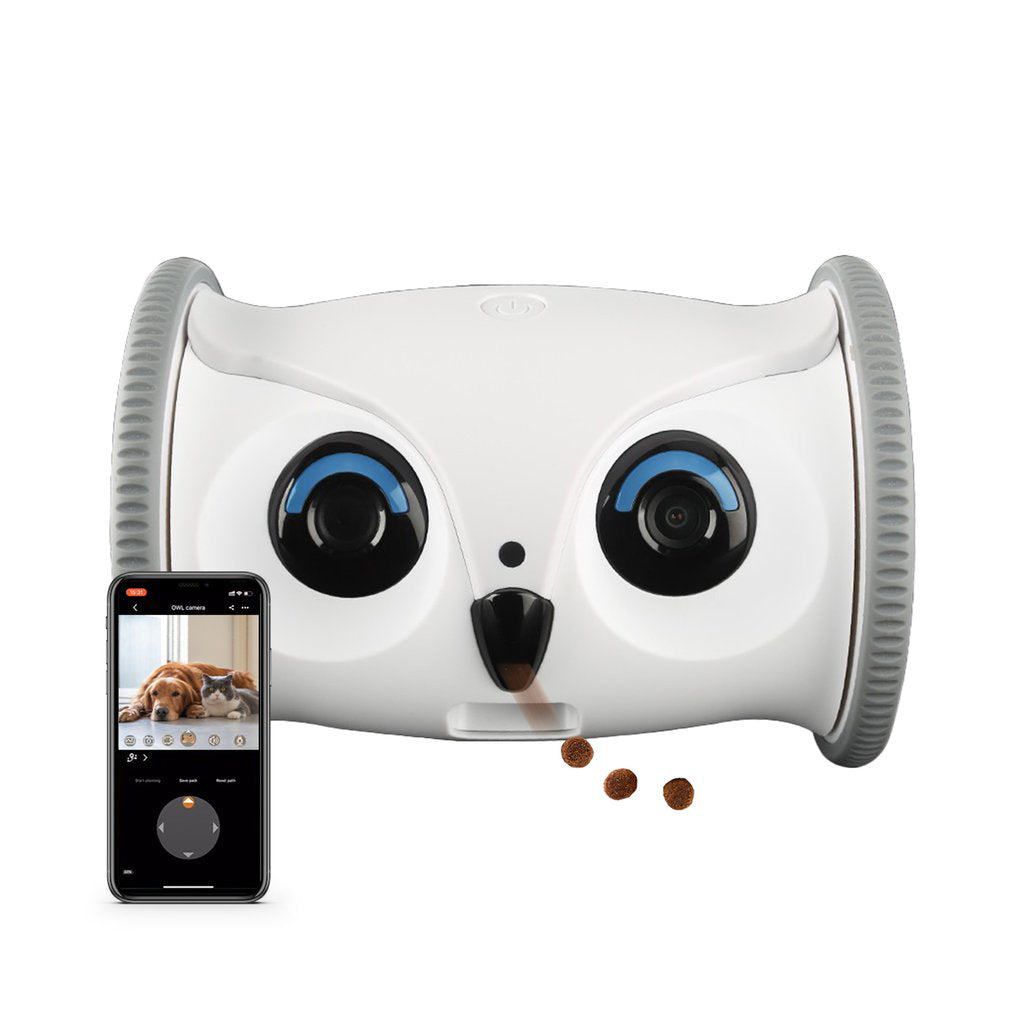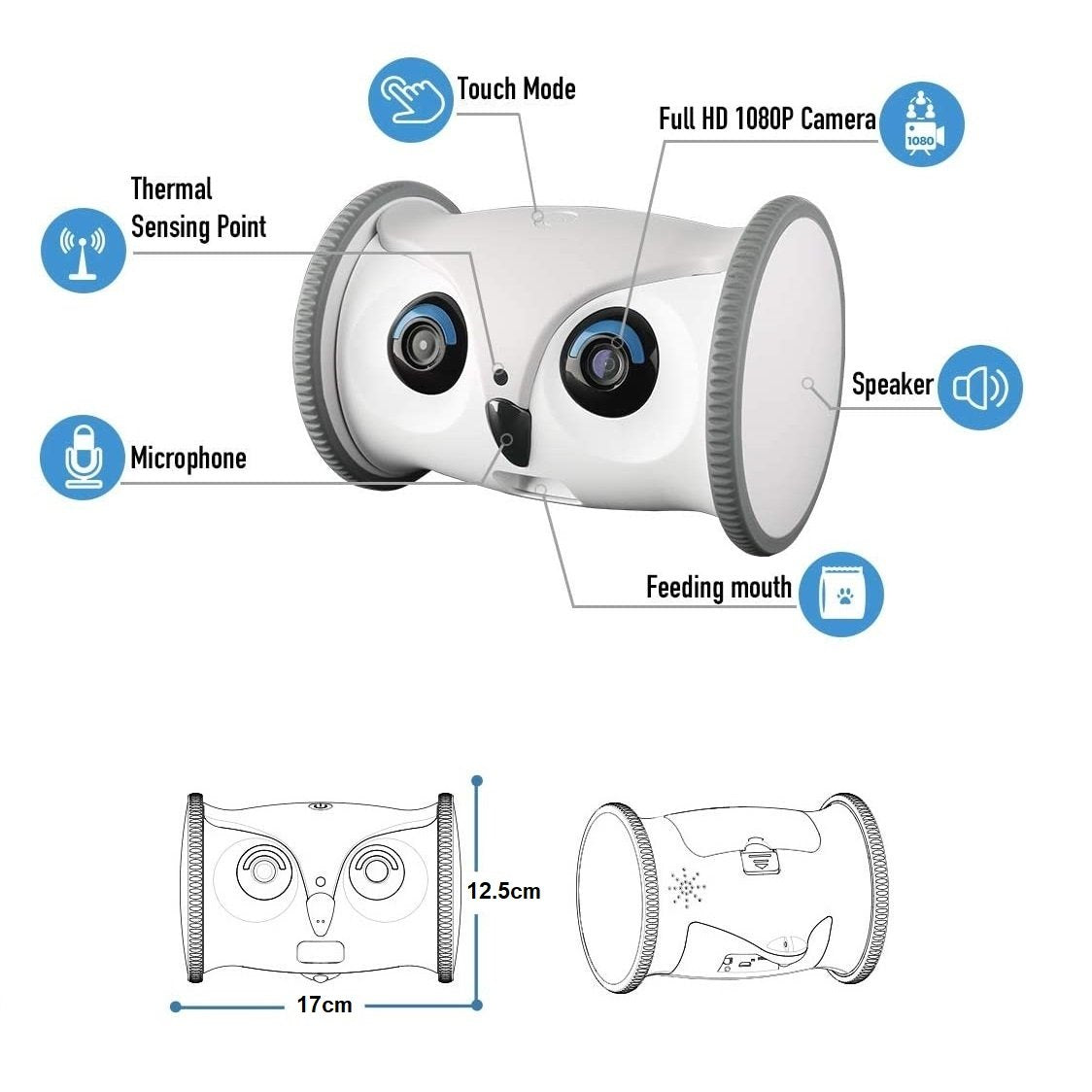Litter Train Your Cat Easily With These 5 Simple Steps!
If you're a cat owner or wants to own a cat, then you should know everything you need to know about taking care of them including how to manage their toilet time! Cats are known as notorious for being litter box avoiders which makes litter training quite challenging. If not resolved, this can lead to all sorts of problems, including urine and feces stains on your floors and furniture, as well as an overwhelming smell that's difficult to get rid of, not to mention you and your precious kitty's safety can be affected! Fortunately, there are simple ways to train your cat to use the litter box. In this article, we'll provide five simple steps that will help you achieve success. So keep reading for more information!.We provided a list with 5 simple steps that can help you achieve success on litter training your precious kitty!
1. Gather all the needed supplies
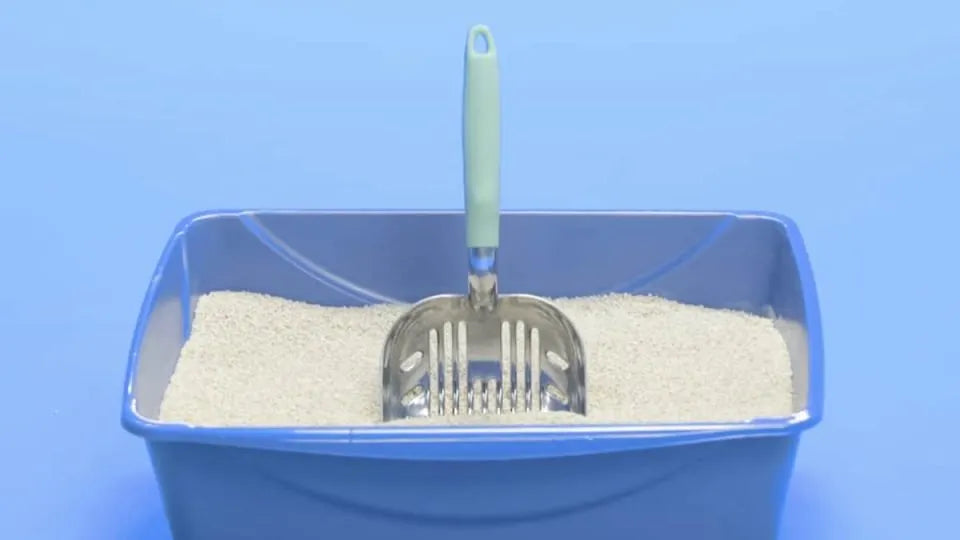
Cat Litter training is easier if you keep your kitty's needs in mind while gathering supplies. This include a litter box, cat litter, cleaning supplies and any other items that may be needed. If cats are kept inside, make sure the litter box location is indoors. You should also consider the size of your kitty. Recommended size for a kitten's litter box is about 13 by 9 inches. Older cats will need full size while a smaller one for kittens.
You should also know whether to buy them a covered or an uncovered litter box. Both of these have their own advantages and disadvantages which you'll need to compare to your cat's likes and dislikes. Covered litter boxes will give your cat some privacy but traps the odors inside while uncovered litter boxes are recommended for multi-cat households since cats may feel nervous about being attacked after coming out of the litter box or even inside it. It is cat's nature that they don't want to get caught or feel trapped in an enclosed area especially if they know there are other cats lurking around the litter box. Plus, the odors won't be trapped inside. Imagine if you have 2-3 cats taking turns using the a covered litter box, that must trap a lot of odors inside! In the end of the day, this will depend on your cat's preference so may want to try both if you still seem confused.
There are many different types of cat litter available, from inexpensive non-clumping clay to high-end, eco-friendly versions made from materials including pine pellets, recycled newspaper, and even wheat. While some cats aren't particular about the type of litter you use, others are extremely picky and will refuse to use it if they don't like the texture or fragrance. The most effective method is to start with a non-scented, clumping litter and then change it up if you want to try something different.
Cats usually like to do their business in privacy so having a litter scoop or scooper is important if you want quick and easy clean-up. For the best results, the litter scoop should be capable of digging deep into the pan without scratching away at the bottom layer where odors accumulate most easily.
For cleaning supplies, always try to use an enzymatic cleaner when it comes to cat litter which helps cover up smell of toilet accidents and maintaining odor control around the house. Also, keeping your cat litter box smelling fresh is another vital element when training cats properly. You can try using baking soda, lemon juice or other natural deodorizers to help keep the area clean and free of unwanted smells. This will help neutralize any odor rather than masking it with fragrances that may upset kitty's sensitive nose.
You can also buy a back up toys and treats incase needed for rewarding your kitty. You can use these to create a positive association which is key for the success of your cat's litter training!
2. Find a good location
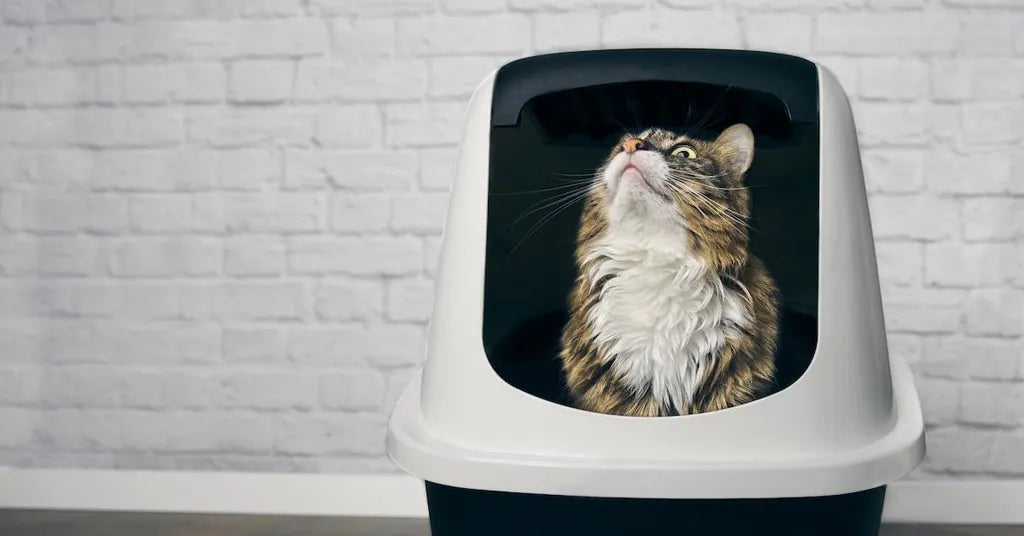
A good location for your cat's litter box must be easy for you and your cat to access especially if you're bringing your cat home for the first time! Accessibility makes it more likely that your cat will use the box as intended. Place a litter box in a quiet, comfortable, and a spot where your cat will feel they're safe. If you're not sure where to place the box, take your kitty with you to get the box to see if they are interested in it. Cats usually prefer smaller spaces when going to the bathroom so make sure the litter box size fits your pet's needs. If possible, provide access to multiple boxes so kitty has plenty of options and doesn't feel as though he is being forced into one area and can't go elsewhere.
Another thing to consider is space. Even if you have a small home, it doesn't mean there isn't a place where a litter box can easily fit. If you live in an apartment or rental house, make sure to check with your landlord before getting anything too large or permanent - some places have rules against having certain types of furniture. If you have stairs in or near your home ensure that there are at least two litter boxes in strategic locations on each level.
Durability and cleanliness must also be considered because no one wants a stinky or damaged litter box! It should be heavy enough not to move around from normal wear-and-tear , and if you have more than one cat, it should be large enough for all of them.
Lastly, a litter box should be placed in a quiet area, away from any potential danger. Good places to look are near the food and water bowls, or somewhere secluded where the cat can easily hide. It is also a good idea to put it near laundry facilities, so that accidents around the box will be easy to clean up. Also make sure there are no hazards near the box like open drains because it could lead to an accident on the floor.
3. Learn your kitty's toilet schedule
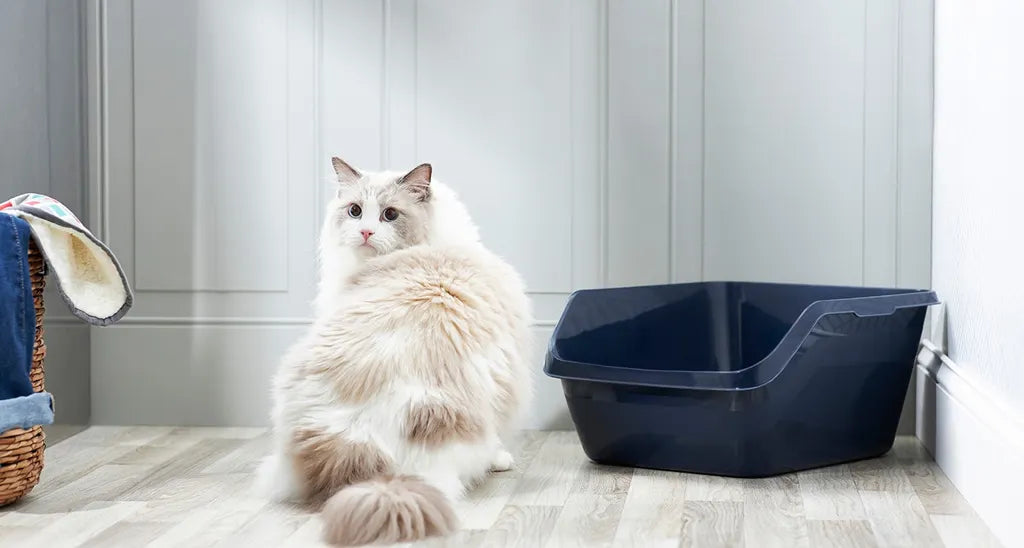
Sniffing the floor, meowing, and running behind the sofa are all indicators that your kitten needs to go to the bathroom. Keep an eye out for any sign that your kitty is in need of elimination. To divert or place him in the litter box, gently lead him away or put him in there alone. Avoid looking at them too obviously though, since they may find the litter box less suspicious if you don't appear to be watching.
Another thing you can take note is a cat will need to urinate after taking a nap, after playing or running about, or after eating. Immediately following meals and after naps, put your cat in one of the boxes. Learning your cat's toilet schedule will help you in determining when they are most likely to relieve themselves, allowing you to guide them to the litter box rather than the sofa. If you see them acting as though they need to go, which might be indicated by sniffing or crouching in a certain position, pick them up and place them in their litter box.
4. Introduce your kitty to the litter box
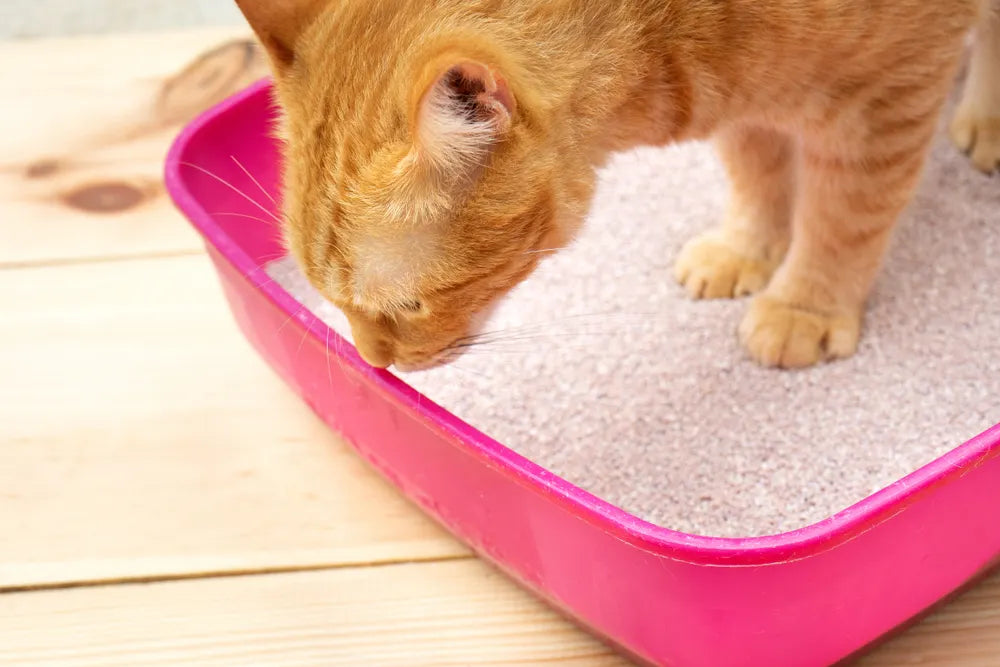
This step is crucial to be done correctly or your cat will be left with a first impression that may be hard to eliminate. Set your cat in the litter box as soon as they arrive and allow them to smell and examine them. Be careful not to move it after you've shown them so your kitty doesn't become confused.
Kittens usually catch on fast and do it correctly most of the time. Some kittens may require frequent litter box placements for several days before they comprehend the concept. It might take up to four weeks to teach a kitten to use the litter box fully and consistently. Older cats may take a while as they have gotten accustomed to a certain routine for years especially if they never learned to use the litter box from their mother. But showing them how to do it will surely help them catch one and learn as quickly as possible!
You'll have to carry your cat to the litter box when they're ready to go, and you'll need to teach your cat how to dig in the litter. Scrape some litter aside with your fingers until they learn by example. If your cat soils in the box but hasn't learned to bury it, use your finger to sprinkle a little layer of litter on top of their feces. It is important to use your finger when showing your cat how to use the litter box. If you try to "show" them how to dig and bury by taking their paw, they may become frightened or worried, which can lead to litter box avoidance in the long run.
It may be useful to pick up your cat's feces with a paper towel and place it in the litter box if they continue to eliminate outside of the box instead of just tossing it in the garbage. This might serve as a reminder for them, since they'll smell it and link relieving themselves with going in the litter box. You can also consider transferring his food and water to the area where they keep eliminating. Cats have an inborn desire to avoid expelling waste around their meals and drinking, which might be enough for a stubborn cat to stop eliminating outdoors the box.
It will take time, but eventually he'll realize that you want him to master these skills. So remember, it's crucial to keep in mind that your cat isn't trying to cause problems. They may be still adjusting to a new environment, suffering from a medical condition, or you may have gotten them a litter box or litter that they don't like. Your cat shouldn't fear you because of your tone of voice or the way you look at them. Just be patient, and believe that your cat will eventually learn to do it on his own.
5. Keep your kitty's litter box clean
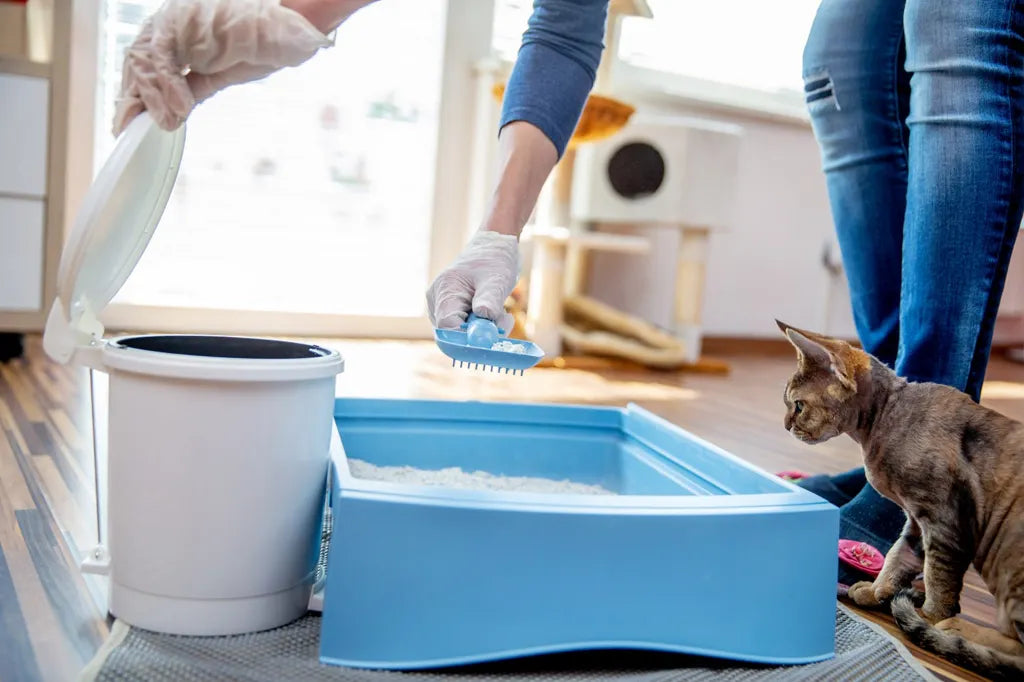
It's critical to clean the litter box regularly for your cat to continue using them. Most cats hate dirty litterboxes so this is an important step to keep the routine going! This will not only help you get rid of the unpleasant smell of feces in your home, but it will also make using the litter box more pleasurable for your cat. There are steps that you need to do to maintain a clean and good smelling litter box for your precious kitty.
Scoop the box at least once a day to remove your kitten's feces and urine. Replace soiled litter as needed, typically when the litter no longer keeps smells under control. Use scoopable cat litter to avoid leaving traces of feces around the house. Clean it daily and change it completely every 4-5 days.
When replacing the litter, clean and disinfect the box. You can do a full wash with mild detergent and warm water or a solution of water and white vinegar are sufficient. Don't use bleach, professional disinfectants, or other harsh chemicals as they might be harmful to your cat. To clean also the locations outside the box where your cat or kitten may have made mistakes, use an enzyme cleaner. This sort of cleanser will eliminate the stench, which if not removed may encourage them to return to that area.
When you've cleaned the box and fully dried it, fill it with fresh cat litter to the appropriate depth (again, generally between two and four inches, or 5.08 and 10.16 cm). Wash your hands thoroughly before touching your face or putting your fingers in your mouth after handling the litter box. This is very important especially if you have children in the house! They are more likely to get sick from bad hygiene habits of their parents than from contact with your cat's waste. So make sure everyone in the family washes their hands after changing or cleaning up cat's waste!
Conclusion
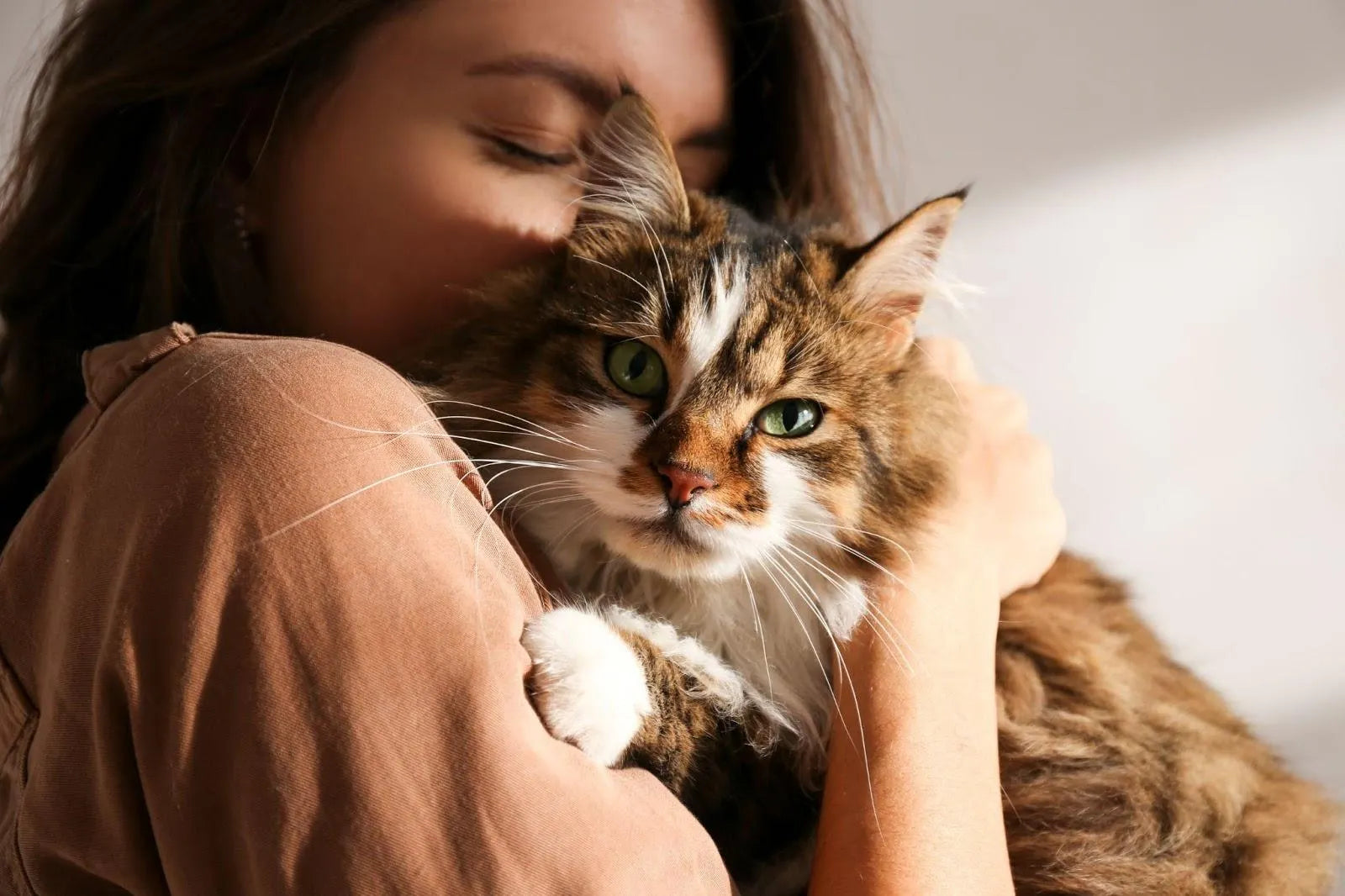
Owning a cat can be challenging and gives you lots of responsibilities but isn't it worth it especially if this will make sure that your precious loving kitty is safe from any danger especially getting a disease from bad toilet routines? Cats are clean animals and they will usually only use the litter box if it is kept clean. Do take note that these are general information and every cat has unique preferences. You can also consult your trusted veterinarian for recommendations about your cat's preference for cat litter box and training to make sure they will successfully adapt the routine!
Want to make cleaning up your cat's litter box easier and faster? Check out our latest PETREE Automatic Cat Litter Box Gen 2 Model!
Share this with your fellow cat owners and you can also leave a comment down below about your cat litter training experiences and additional tips, we would also love to read them!
Sign up to our newsletter down below and follow us on Instagram @sgsmartpaw so you can stay up to date with our weekly blogs!

Rose Hazel San Diego
Hazel loves pets & she has owned cats, dogs, & even hedgehogs! She also fosters cats & dogs in need around her area. With her social media & copywriting background, she gladly shares her knowledge of pets through these articles!
Most Recent Articles

7 Essential Tips to Help Prepare Your Pet for Their First Public Event in Singapore
Planning to bring your furkid to their first pet event in Singapore? Whether it’s a bustling pet expo, an adoption drive, or a café pawty, these experiences can be both exciting and overwhelming fo...

Are We Pet-Obsessed? A Look at Singapore’s Growing Pet Culture this National Pet Month
Are Singaporeans pet-obsessed? With “fur babies” now considered part of the family, and luxury grooming, pet cafés, and tech gadgets becoming the norm, it sure looks like it. This National Pet Mont...

Hari Raya Feasts & Furry Friends: What’s Safe & What’s Not for Your Cat?
Hari Raya is a time of joy, delicious feasts, and cherished moments with family and friends—including our furry companions! But did you know that some traditional Raya dishes can be harmful to cats...





